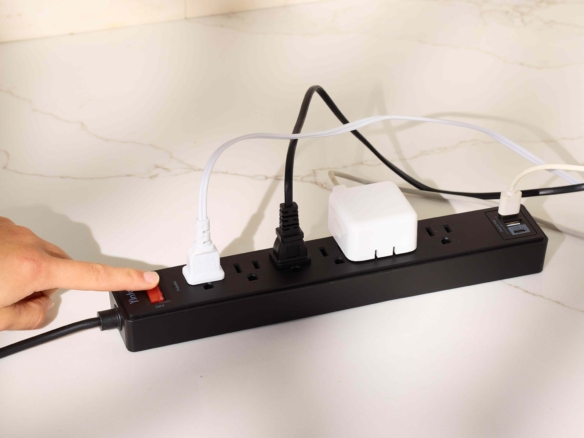
Buying a home with a VA loan comes with a few extra steps designed to protect veterans and active-duty service members, and the property inspection process is one that’s often misunderstood. A lot of buyers assume the Department of Veterans Affairs sends an inspector to go through the entirety of the home before closing. In reality, that’s not quite how it works.
The VA doesn’t require a full home inspection. Instead, it requires a VA appraisal, which is a review of the home that verifies the property’s value. Unlike a normal home appraisal, VA appraisals will also check that homes meet Minimum Property Requirements for safety and livability, protecting veterans from unsafe conditions.
That said, a private home inspection still plays an essential role. The VA appraisal ensures the property is safe enough for the loan, and a personal inspection reveals its condition and flags potential issues before the appraisal. Understanding how these two processes work together can save you time, money, and frustration as you move through the VA home-buying process, whether you’re buying a home in Virginia Beach or Colorado Springs.
The difference between a VA appraisal vs home inspection
Many buyers confuse the VA appraisal with a home inspection, often calling it a “VA inspection.” But in reality, they’re different and serve distinct purposes.
An appraisal is required for a VA loan
A VA loan appraisal is a broader assessment of the home that looks for visible issues that could affect livability and loan eligibility.
A VA appraisal is ordered by the lender, not the buyer or seller, and needs to be completed by a VA-approved appraiser. These appraisers are specifically trained to follow VA guidelines and submit a report, known as the Notice of Value, that states the appraised value of the home and any repairs that need to be made to meet the VA minimum property requirements.
What the VA appraisal looks for:
- Roof and structure are intact
- Utilities and plumbing are available
- No major health or safety hazards
- Proper access to the property (road or easement)
- No visible signs of a pest infestation or severe water intrusion
A home inspection is optional but strongly recommended
A home inspection is a private, buyer-ordered assessment of a home that goes far beyond what the VA requires. The home inspection is your chance to understand the true condition of the property, not just whether it meets the VA’s baseline standards. But it can also give you a heads up to issues in the home a VA appraisal might flag, before the actual appraisal happens.
What a home inspector looks for:
- Tests heating, cooling, plumbing, and electrical systems
- Examines the roof, foundation, walls, and attics/basements for damage or wear
- Identifies maintenance issues and estimates future repair costs
- Reviews appliances, fixtures, windows, and doors
- Checks for pests, mold, and water damage (often available as add-ons)
Note: Some states do require a pest and termite inspection in addition to the appraisal to secure financing with a VA loan.
What are the VA loan’s inspection requirements?
The VA’s minimum property requirements (MPRs) are baseline standards that every home must meet to qualify for a VA loan, and are inspected during the appraisal. They cover important livability expectations like roof integrity, plumbing, heating, access, and structural soundness. The requirements are in place to make sure a home is in good enough condition to be safe and comfortable for the veteran, while also ensuring the VA’s investment is protected.
While this is a general overview of the VA loan inspection requirements, working with a real estate agent that understands the scope of the VA loan process is key to ensure requirements are met.
1. Safety
The home must be free from conditions that could endanger the occupants:
- No exposed or unsafe electrical wiring
- Sturdy handrails on stairs and balconies
- Proper egress (windows and doors) from bedrooms
- Safe heating system (no space heaters as primary heat source)
- No trip hazards or broken steps
- Proper ventilation in bathrooms, kitchens, and attics
- Working smoke and carbon monoxide detectors
2. Structural soundness
The property should have a solid structure and enough room for supporting typical residential use.
- Roof is weather-tight and has reasonable remaining life
- Foundation is stable, with no major cracks or settlement
- Walls and ceilings show no severe damage or rot
- Floors are level and secure
- Crawl spaces and basements are dry and ventilated
- Attics are free of moisture, mold, or sagging
- No evidence of termites, wood rot, or dry rot
3. Sanitation
The home must provide safe, sanitary living conditions and functional utilities.
- Continuous supply of potable (safe drinking) water
- Approved sewage disposal system (public or private septic)
- Functional plumbing with no active leaks
- Operational electricity and lighting
- Adequate heating and cooling (especially in colder regions)
- Kitchens and bathrooms with working fixtures
- Property free of debris, hazardous waste, or infestations
4. Access and utilities
Every home must have safe, legal, and permanent access from a public or private road, plus functioning utilities.
- Year-round access by public road or recorded private easement
- Utilities (water, electricity, gas, sewer) are available and safe
- If private roads exist, a maintenance agreement must be recorded
5. Site conditions and hazards
The VA appraiser also evaluates the land and surrounding environment.
- No active or potential sinkholes, landslides, or flooding issues
- Site drains water away from the foundation
- No nearby environmental hazards (e.g., oil tanks, toxic waste, high-voltage lines)
- Home not built within high-risk flood zones unless properly insured
6. Environmental hazards
A home must be free from environmental or health hazards that could affect occupants.
- No chipping, peeling, or otherwise deteriorating paint
- Safe distance from industrial or hazardous sites
- No evidence of radon, contaminated soil, asbestos, lead, or other known environmental hazards
7. Additional requirements for multi-unit or unique properties
If you’re buying a multi-family property, condo, or rural home, the VA adds extra considerations:
- Each living unit must have independent access, utilities, and sanitary facilities.
- Common areas must be maintained in good condition.
- Wells and septic systems must meet local health authority standards.
What would cause a home to fail a VA inspection?
Most VA loan hiccups happen when major problems become evident during the appraisal. The appraiser is looking for issues that would make the property unsafe or uninhabitable. For that reason, fixer-upper homes will almost always be denied for a VA loan, but other common dealbreakers could be:
- Roof that is leaking, severely damaged, or has very little life left.
- Water intrusion, damp basements or crawlspaces.
- Peeling paint, especially in older homes (risk of lead-based paint).
- Termite/wood-destroying insect damage or infestations.
- Unsafe electrical systems (exposed wiring, overloaded panels).
- Poor or non-existent access road, or serious site issues (drainage, subsidence).
- Plumbing/heating not operational.
On the plus side, if smaller problems found during the appraisal are addressed before closing, the home purchase can still go through. Once repairs are made, the VA appraiser returns for a quick reinspection to make sure the home now meets the minimum property requirements.
On the other hand, if repairs are too big, expensive, or time consuming to fix before closing, financing likely won’t be approved and you’ll need to walk away and choose another home.
Tips for passing a VA appraisal and inspection
Your best chance at passing a VA loan appraisal inspection starts before you even put an offer in on a home.
- Do a quick visual check of the home’s exterior. Look for roof damage, peeling paint, or signs of water entering the home, as well as any safety hazards.
- Ask your agent if the property has public utilities or an approved private well and septic system.
- Request disclosures early. If the seller already knows about foundation, plumbing, or pest issues, you can address them up front.
- Prioritize move-in ready homes or ask about the age of the roof, furnace, and water heater before you make an offer; or make sure they are checked during a home inspection.
- Work with a VA-experienced agent and lender. They’ll know how to spot problem properties and guide you toward homes that meet VA standards.
- Keep communication open. Once the appraisal report comes back, act quickly on any repair requests—some sellers will even negotiate on repairs to help the sale go through.
- Plan your timeline. On average, VA appraisals take between 7-10 business days; build that into your closing schedule, as well as time to address potential repairs.
- Use a Reconsideration of Value: If the appraisal comes in lower than the sale price, you can ask for a ROV that gives the lender additional market data that supports a higher valuation—or, walk away using the amendatory (escape) clause for VA loans.
VA loan inspection requirements: Bottom line
The VA loan process is designed to protect every party involved: veterans, lenders, and the long-term value of a home. While the VA appraisal is often seen as an inspection, it’s actually looking at the livability of a property, rather than providing a thorough review of the home’s systems like a general home inspection.
Serious buyers should still schedule a home inspection to uncover any hidden or long-term maintenance issues. Especially when combined with the VA appraisal, a home inspection should give buyers confidence that they are making a smart purchase.
Thinking about buying a home with a VA loan? Learn more about your options through our partner Rocket Mortgage.
The post What Are the Inspection Requirements for a VA Loan? appeared first on Redfin | Real Estate Tips for Home Buying, Selling & More.




Join The Discussion